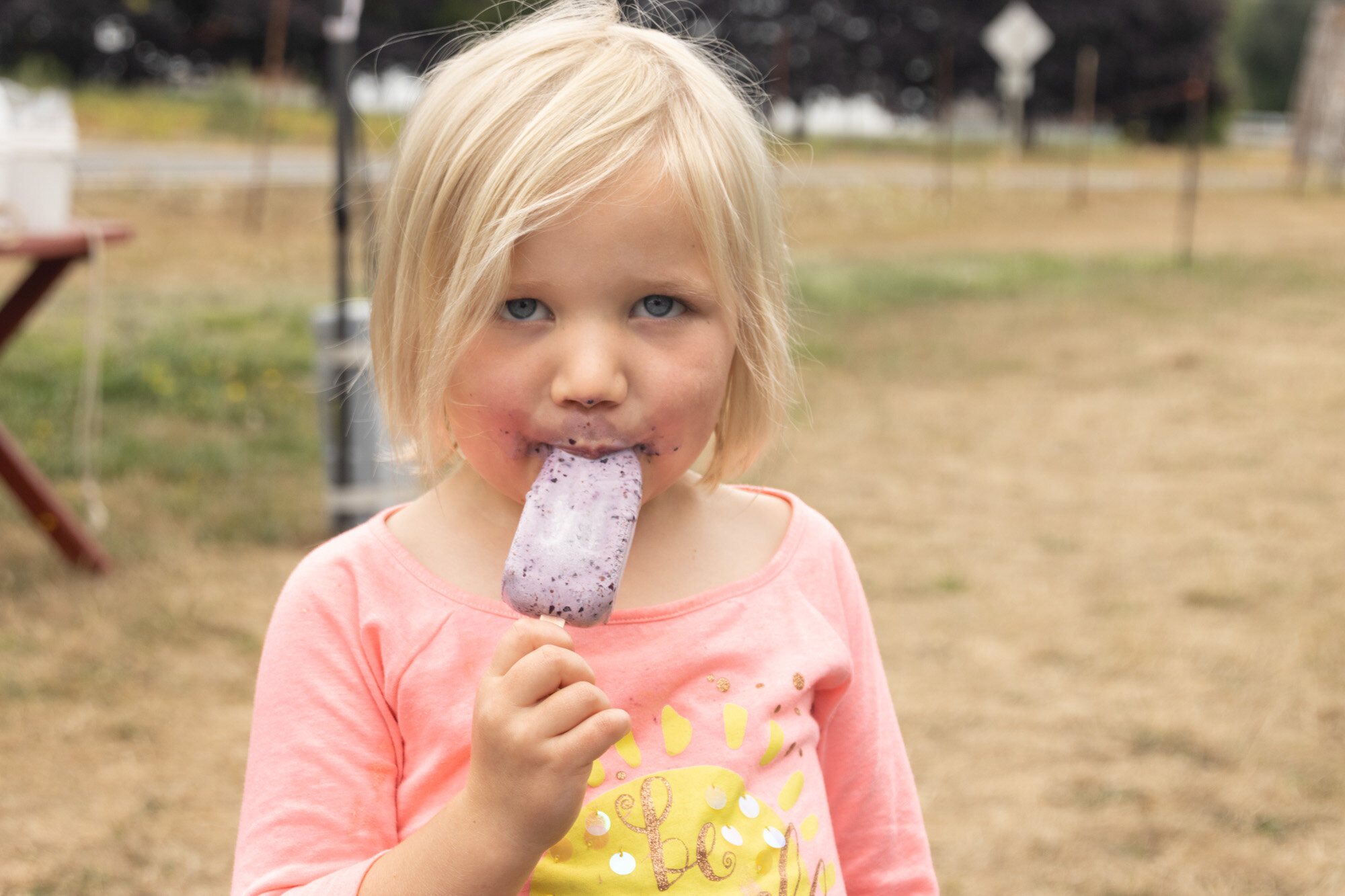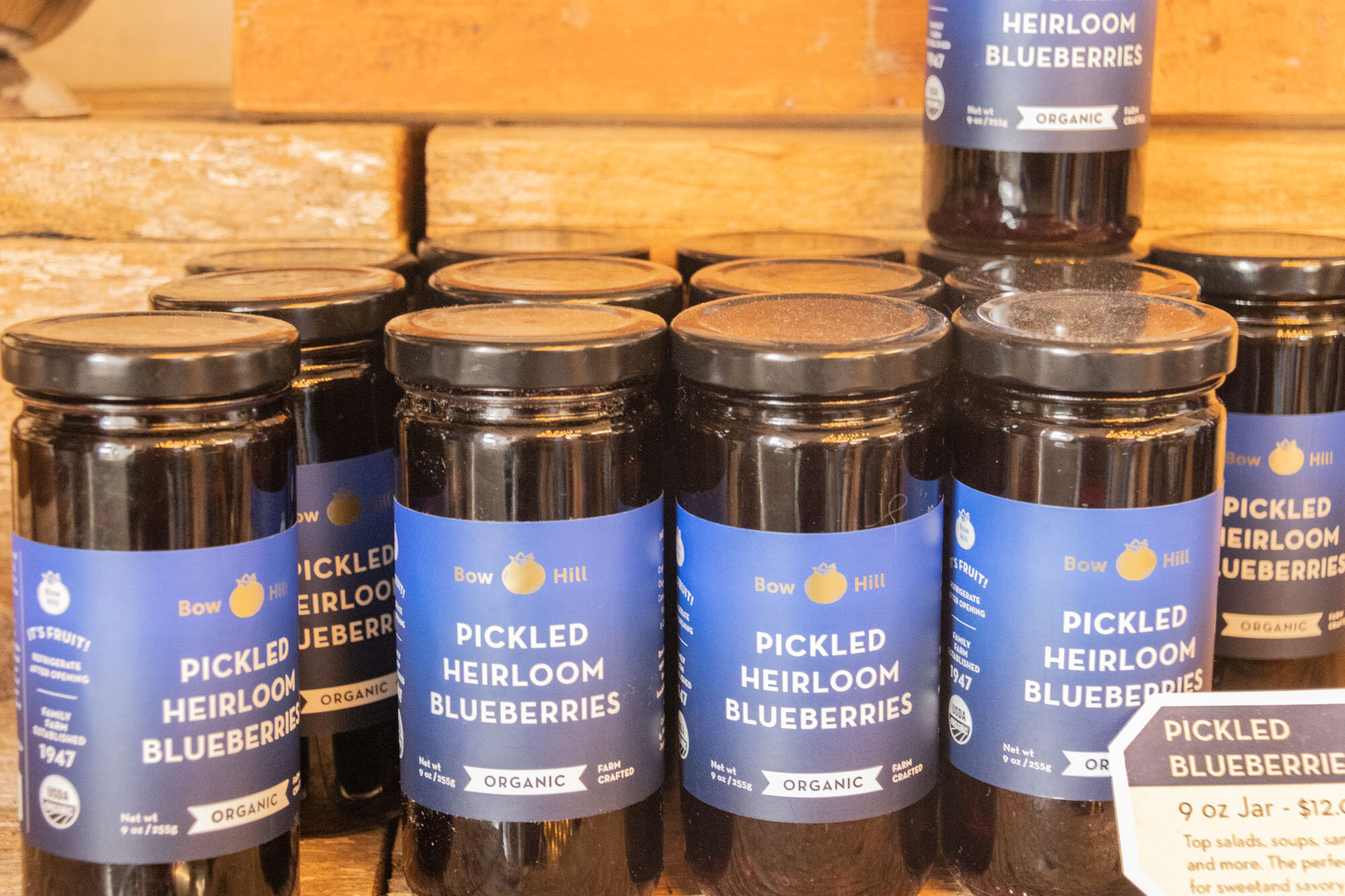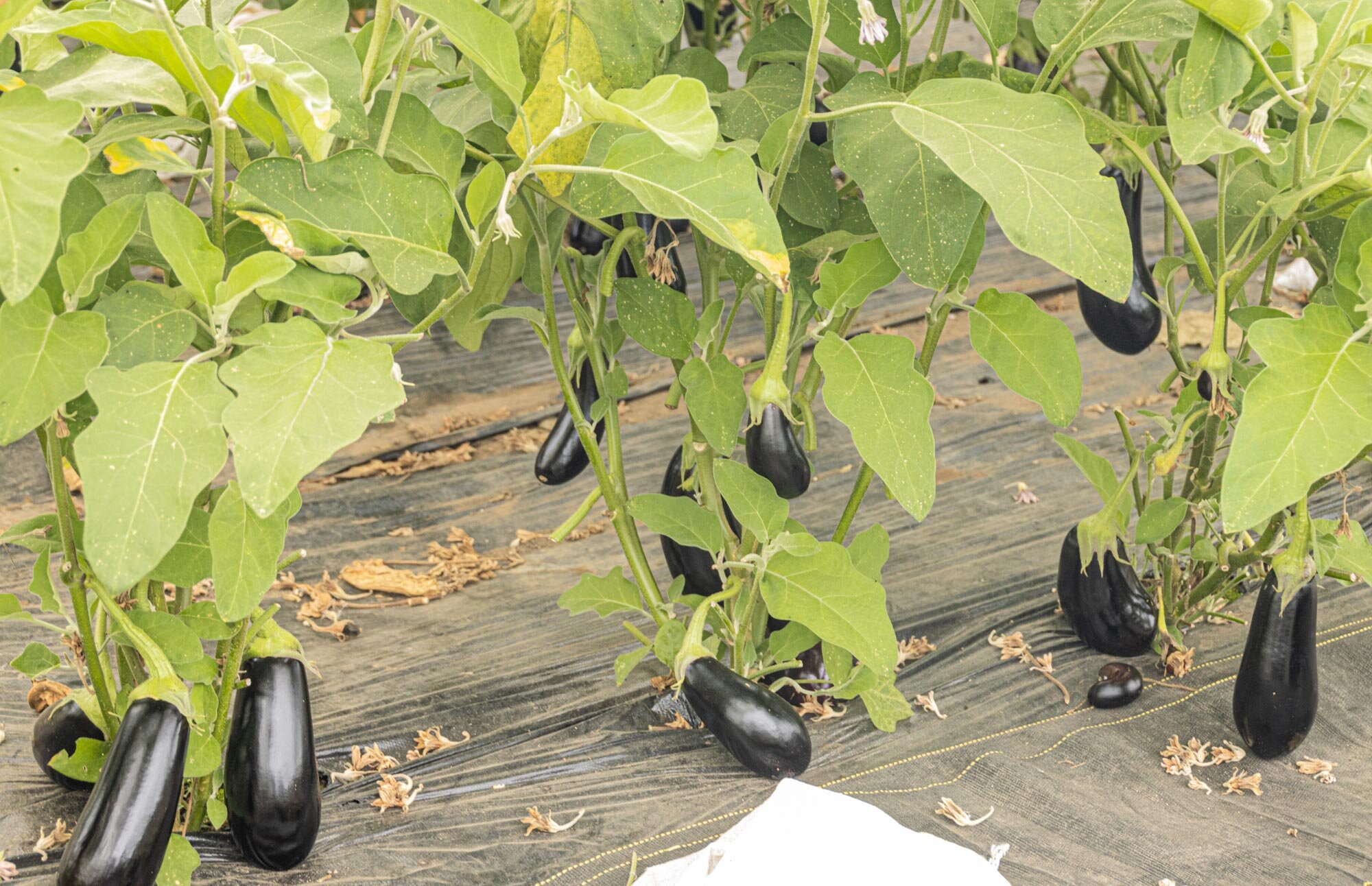Bow Edison Food Trail
Sometimes I think I could spend all my time in the Skagit Valley and never run out of things to photograph or write about. Alberta, a friend from Seattle, recently moved to Bow, Washington, a small town in the Skagit Valley that is most often associated with its geographic partner, Edison. Bow (population 300) and Edison (population 3700) are located in the foothills of the Blanchard mountains seemingly attached, and its unclear where the dividing line is between towns. I didn’t quite understand when Alberta said she was moving to this area, but now that I’ve been here it was easy to see. Its expansive agricultural areas, combined with the unique charm of Bow and Edison, make it not only beautiful, but delicious as well. With its environment out of the shadow of the mountains and alongside Samish Bay, the area can produce almost anything that grows in the land or the sea.
Harley Soltes, the owner of Bow Hill Blueberries from 2011-2020, initiated the idea of Bow Edison having a food trail. Each number on the map corresponds to a site on the trail. Sites include land and water farms, restaurants, distilleries and shops, and in order to be listed on the trail, any location that creates foods, must only use ingredients grown in the Bow Edison area. Be aware that the map was created a number of years ago and has not been updated since, so there are places on the map that are no longer in business. Recently we set out on the trail to see what we would find.
When we turned into the driveway of Blau Oysters, Paul Blau, the grandson of the founder was picking blackberries from bushes on the property. Edwin Arthur Blau, who owned a Dodge and Chrysler dealership in Kirkland, traded two cars for 10 acres of tide flats in 1935. Ultimately the company owned over 200 acres with three smaller operations and harvested about 3 million oysters annually. Paul told us that the business had been sold in 2019, but it still retains its original name.
We wondered about the thousands of netted bags of empty oyster shells that were strewn around the property. Paul pointed to a large tank and explained that the empty shells are placed in the bin along with the seeds that will grow into oysters. He told us there are several different ways of growing oysters, and using the tank is just one of them.
Just like with humans and other animals, both eggs and sperm are required to create a new generation. The eggs and sperm (“gametes”) are released naturally by the oysters or they may be removed manually. The gametes are placed together so they eggs can be fertilized. Once fertilized, they become larvae, otherwise known as the seeds. The larvae are placed in the water tanks which contain nutrients from the bay water. After about two weeks the larvae turn into “spats” or juvenile oysters and begin to attach themselves to the shells. The tank water is gradually brought up to the temperature of the bay water and the spats are eventually moved out to the bay, often in cages. It takes 2 years to grow a small oyster and up to four years for a large size.
Since Blau Oysters was closed the day we visited I wanted to see more oyster action and went to Taylor Shellfish, also on the Food Trail, to see what happens once the oysters are harvested. The restaurant, right next to the railroad tracks, was open and very busy. Since both Blau and Taylor are both located Samish Bay, the beautiful views of the water and Lummi Island and Anacortes were an extra benefit.
Following the food trail, our next stop was Bow Hill Blueberries, blueberry business that offered much more than just the berries themselves. The farm was established in 1947, and in 2011 new owners rejuvenated the soil and transitioned the fields to be certified organic. The farm specializes in heirloom blueberries and has over 4500 blueberry bushes of 4 different types.
The u-pick season lasts for just about a month, but the farm store is open year round, selling more blueberry products than I could ever imagine, including pickled blueberries, blueberry juice, blueberry marinade and salad dressing, blueberry powder, blueberry confiture (otherwise known as preserves), blueberry sugar scrub and dried blueberries. Blueberry ice cream and popsicles were very popular on the day we visited.
Just down the road we visited Blanchard Mountain Farm, one of Alberta’s regular stops for produce. The Certified Organic farm is owned and operated by husband-wife team of Walter Brodie and Linda Versage. Blanchard Mountain Farm is more than a place that just grows things. Walter and Linda see themselves as part of a community. Both have backgrounds in K-12 education, and they offer educational events, outreach in schools, and try to connect classrooms to the real world as much as possible. In addition to the large variety of produce, they also grow flowers for both fresh and dried bouquets.
I was curious about the drying process and ended up spending a lot of time exploring the area where the drying was taking place. Once I finally went back outside and walked around the fields, I was awed by the colors, textures, shapes, sizes, and scents of everything growing both in greenhouses as well as in the open fields. I purchased two eggplants, each a different variety, and when I returned home, cooked a delicious dish with chicken and eggplant.
Our next stop was Samish Bay Cheese where due to their Covid restrictions of only 4 customers at one time, there was a group of people waiting to get into the shop. While we waited, we walked across a field to visit with several of the goats that were busy eating their lunch. They were not very friendly, showing only their back ends to their observers.
Roger and Suzanne Wechsler bought the 54-acre dairy farm in 1999 when it had only 10 cows. Since then, the farm has grown to over 40. Both fresh and aged cheeses and other dairy products are made on the farm from the fresh milk of their own herd and are all Certified Organic. Their Ladysmith cheese, developed by Roger, won first place in the American Cheese Society Competition. I purchased a wedge of Ladysmith, and it didn’t make it back to Seattle. It was soft, mellow, and moist and absolutely delicious. They also sell beef, pork, lamb, and veal from animals raised on the farm.
I’ll be back to Bow Edison – there’s much more to see, to photograph, and to taste.















